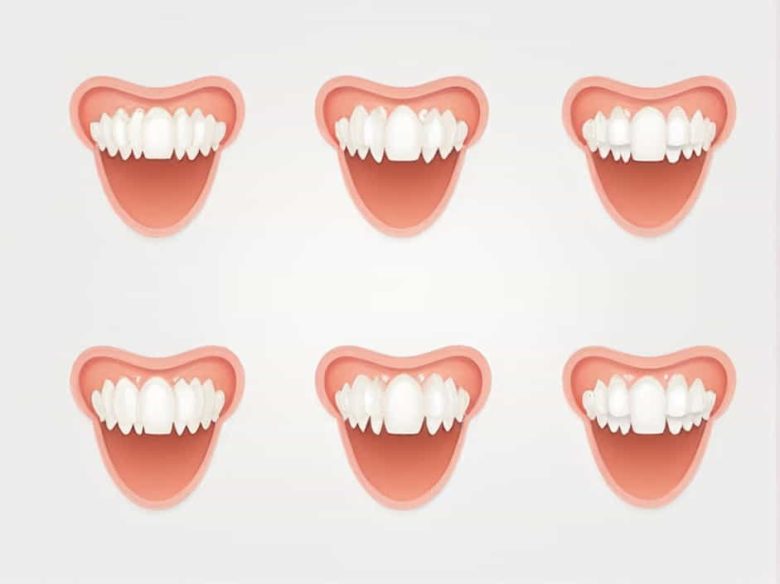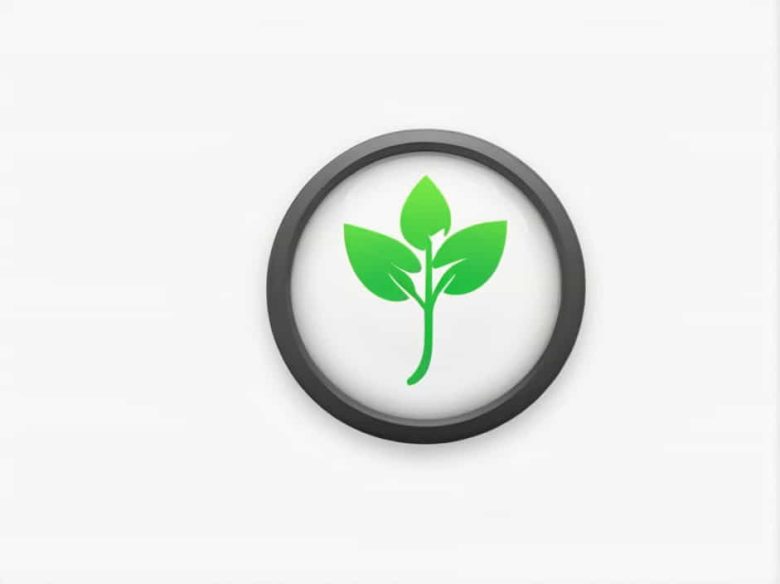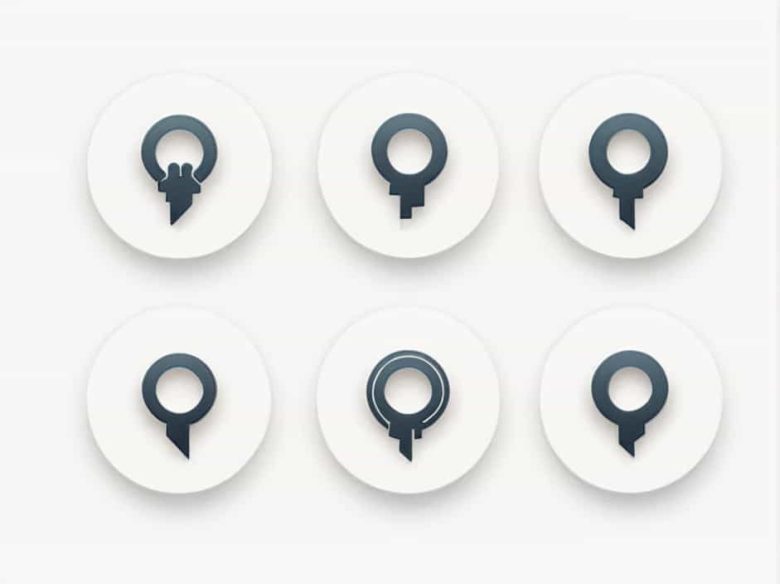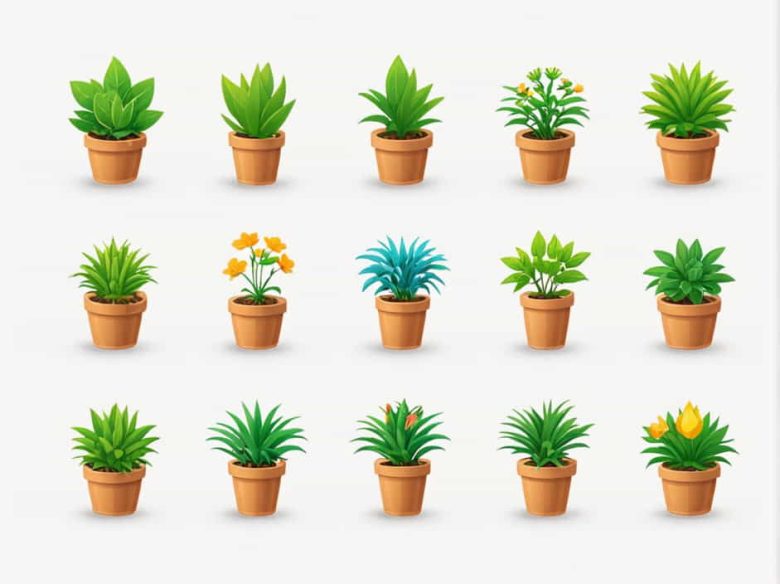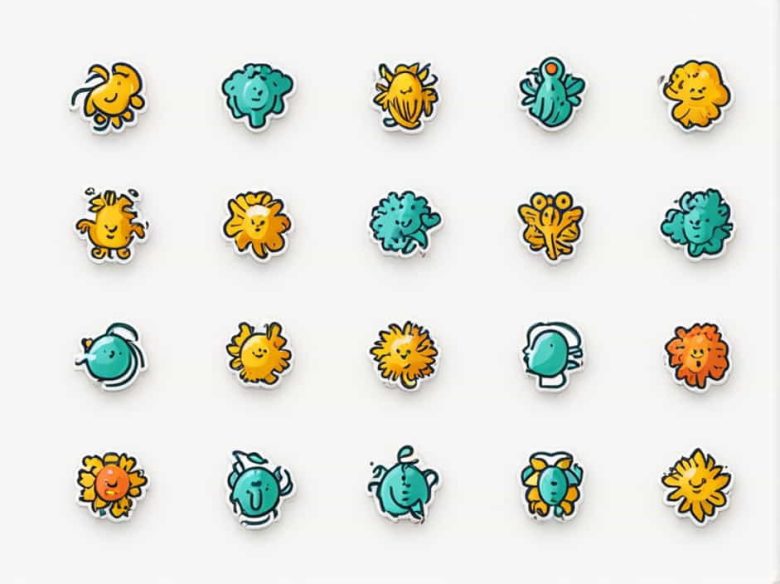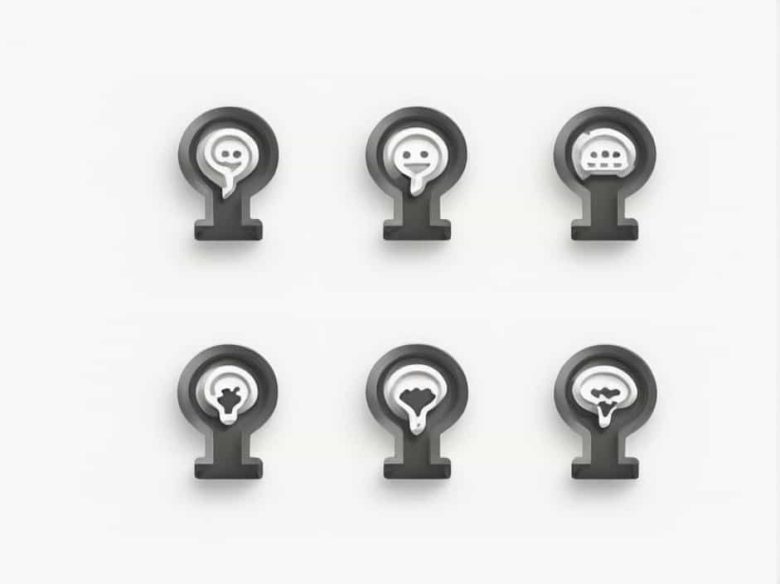The human body contains several protective membranes that help support and cushion internal organs. One of the most important is the peritoneum a specialized membrane that lines the abdominal cavity and covers most of the abdominal organs. The peritoneum plays a crucial role in organ protection structural support and fluid balance within the abdomen. It …
Teeth play a crucial role in biting chewing and speaking. Among the different types of teeth incisors are the sharp chisel-shaped teeth at the front of the mouth. They are primarily responsible for cutting and slicing food before it moves to the back of the mouth for further chewing. This topic explores the number of …
Seed germination is a crucial process in plant growth. However not all seeds sprout successfully. Many gardeners and farmers face the problem of seeds failing to germinate despite proper planting. Understanding the reasons behind this issue is essential for improving germination rates and ensuring healthy plant growth. This topic explores the most common reasons why …
Liverworts are small non-vascular plants that thrive in moist and shady environments. They belong to the group Bryophytes which also includes mosses and hornworts. Among the many species of liverworts Marchantia polymorpha is the most common and widely distributed. This topic will explore what makes Marchantia polymorpha unique its structure habitat reproduction and ecological significance. …
A dichotomous key is a tool used in classification to identify organisms objects or substances based on their characteristics. It follows a step-by-step approach where each step presents two contrasting choices leading to the correct identification. The first question in a dichotomous key is crucial because it sets the foundation for the classification process. It …
Plants are classified into different groups based on their characteristics. One of the most important classifications is based on the number of cotyledons (seed leaves) present in their seeds. This results in two major categories: monocotyledonous (monocots) and dicotyledonous (dicots) plants. Understanding the differences between monocots and dicots is essential for botanists farmers and gardeners. …
Life on Earth depends on the interaction between living organisms and their nonliving environment. These interactions create ecosystems which are dynamic systems where organisms interact with air water soil sunlight and other abiotic (nonliving) factors. Ecosystems exist in various forms from dense forests and vast oceans to deserts and urban landscapes. Understanding how organisms and …
Chromosomes carry the genetic material that determines the traits and functions of all living organisms. One of the most critical aspects of genetics is the constancy of the chromosome number which ensures that species maintain their unique genetic identity across generations. But how do organisms preserve their chromosome number? What mechanisms prevent alterations that could …
The serosa is the innermost layer of many organs in the human body particularly in the digestive system respiratory system and other internal structures. It plays a crucial role in protection lubrication and reducing friction between organs. Understanding the function and structure of the serosa helps in recognizing its importance in maintaining organ health and …
Dominant and recessive traits are fundamental concepts in genetics. They determine how physical characteristics are inherited from parents to offspring. Understanding these traits can help explain why family members share similar features and why some traits skip generations. In this topic we will answer common questions about dominant and recessive traits their role in inheritance …

